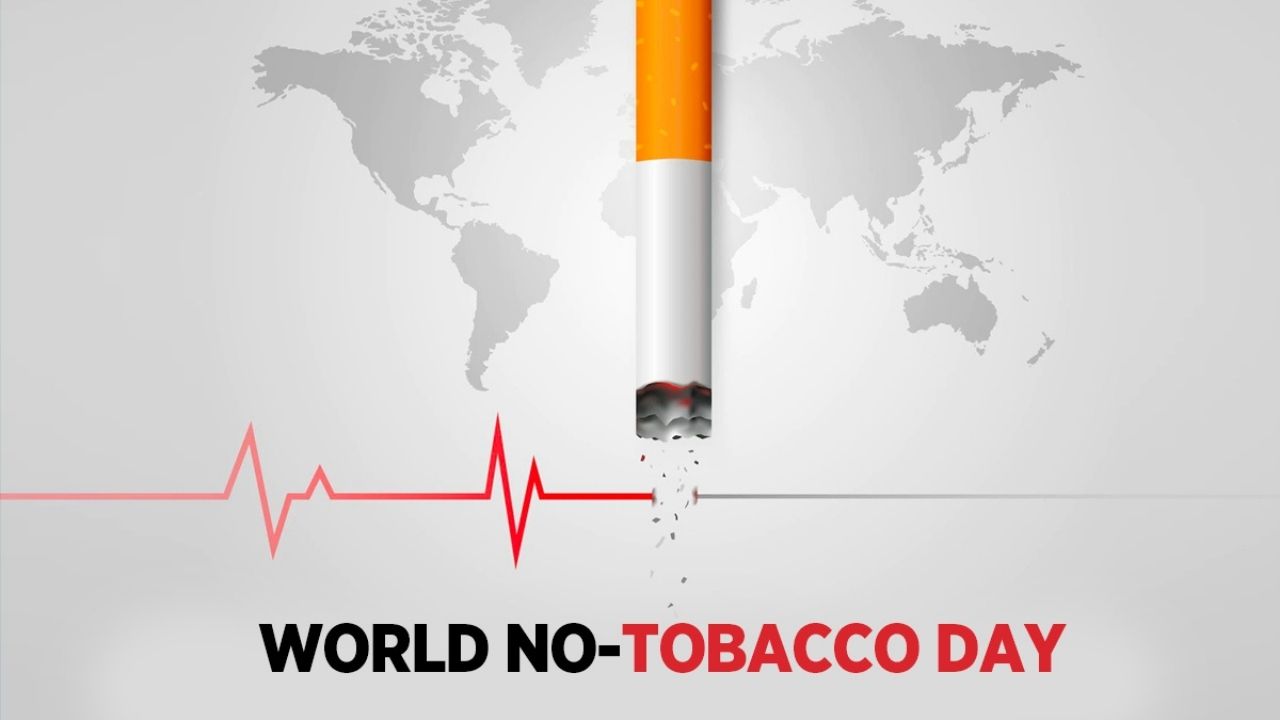Tobacco is very addicting, and it can put you at risk for a variety of cardiovascular, pulmonary, cancer, and other dangerous diseases before you realize it. Not just smoking, but also smokeless tobacco, has comparable negative consequences on one’s health. Every year on May 31, World No Tobacco Day promotes awareness about the harmful effects of tobacco use and how to get de-addicted. (Also see: 2022 World No Tobacco Day: Passive Smoking? You’re at danger of contracting one of these terrible illnesses.
Unfortunately, tobacco-related illnesses claim the lives of more than eight million individuals yearly owing to a lack of awareness or strong resolve. According to the World Health Organization (WHO), it is one of India’s leading causes of mortality and disease, with approximately 1.35 million people dying each year. According to a 2015 GATS poll, more over a third of India’s adult population uses tobacco in some manner. India is the world’s ‘Global Oral Cancer Capital,’ with more than 80% of tobacco users chewing smokeless tobacco.
Tobacco usage can lead to oral cancer.
Everyone believes that tobacco can only cause lung cancer, but the truth is that smokeless tobacco is the leading cause of cancer in Indian men. Tobacco includes over 70 compounds that can cause cancer on their own. It affects your mouth, throat, food pipe, broad pipe, stomach, and lungs, among other things. Tobacco use is also a substantial risk factor for cardiovascular and respiratory disorders, as well as other chronic illnesses.
It can cause tooth discoloration, gum disease, and tooth loss, among other things.
Tobacco and unprocessed tobacco leaves can harm your teeth and gums if you chew them. This is due to the presence of small abrasive particles in nicotine and tobacco, which progressively wear down the teeth and strip them of their protective covering. Furthermore, when these particles are combined with saliva, an abrasive paste is formed, which can harm teeth and turn them yellow. Smokers have a higher risk of developing bacterial plaque in their mouth, which can lead to gum disease. There is a shortage of oxygen in the circulation when a smoker develops gum disease, which delays recovery even further. Smoking is still a common cause of tooth loss in adults, and when a person smokes, the process is accelerated.
It might impair your perception of taste and smell in your mouth.
Tobacco smoking sends nicotine into the brain, impairing a person’s capacity to taste different flavors. Inhaling tobacco smoke reduces the amount of oxygen available to the tongue, which reduces the mouth’s ability to recognize flavor. Furthermore, smoking damages the nasal canal, causing irritation and pain in the mouth, as well as a loss of smell and flavor.
It has the potential to stifle the healing process in the mouth.
If a person has ulcers or sores in their mouth, smoking can significantly impede and slow the healing process. This is due to the fact that tobacco reduces blood flow and suppresses the body’s immunological response when smoked. In addition to recovering, a smoker’s jawbones and gums will be weak and unable to support any new structures in the mouth, making it difficult to get certain dental procedures.

 English
English






